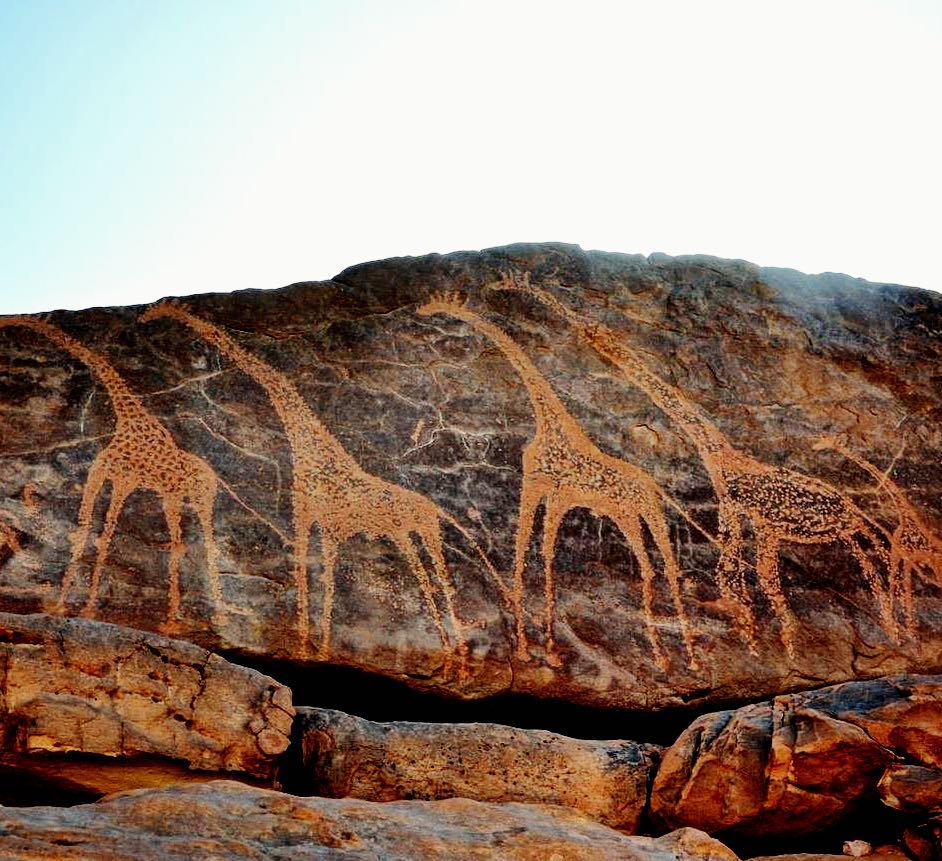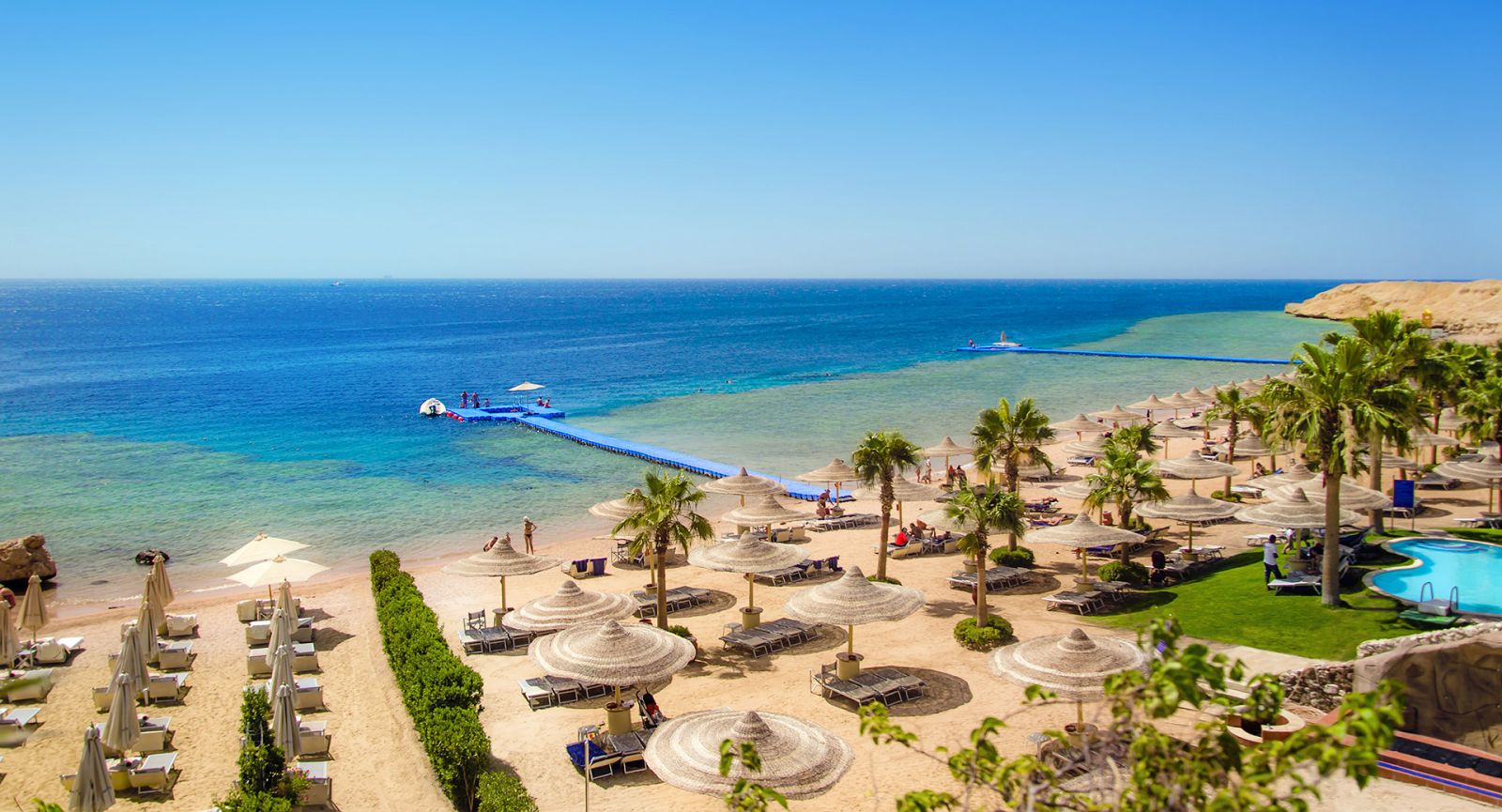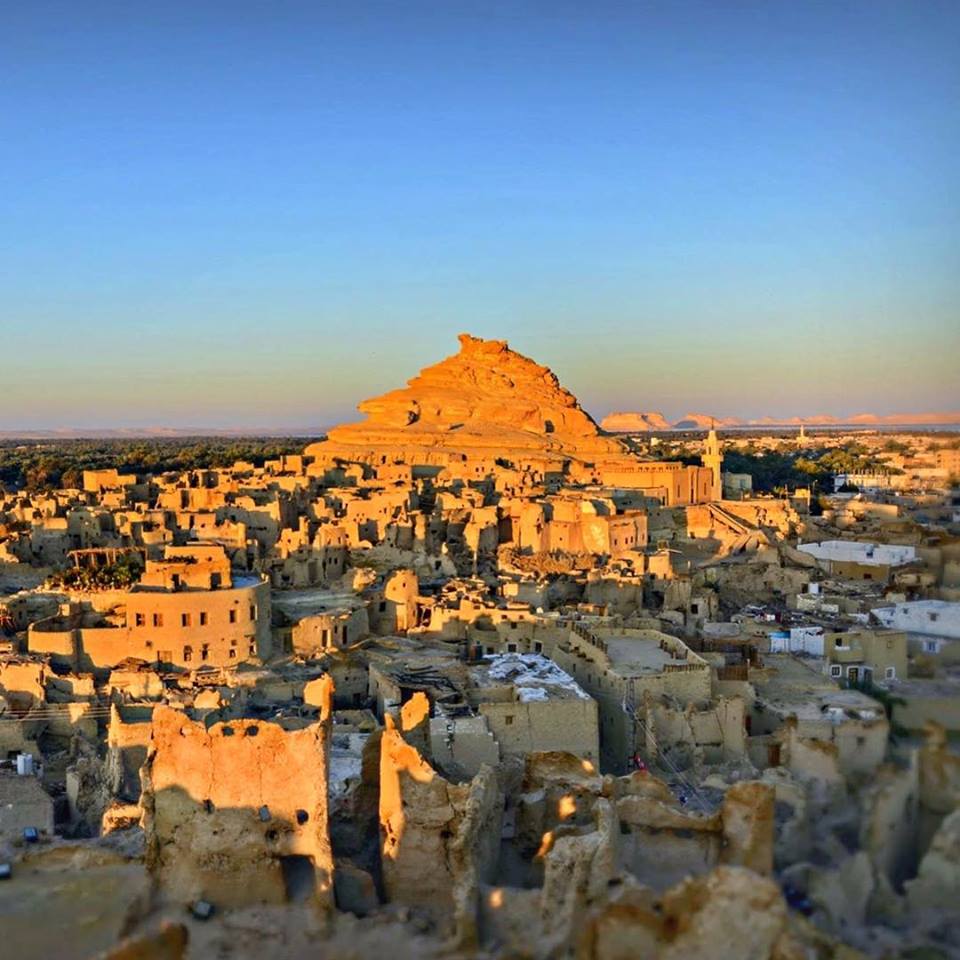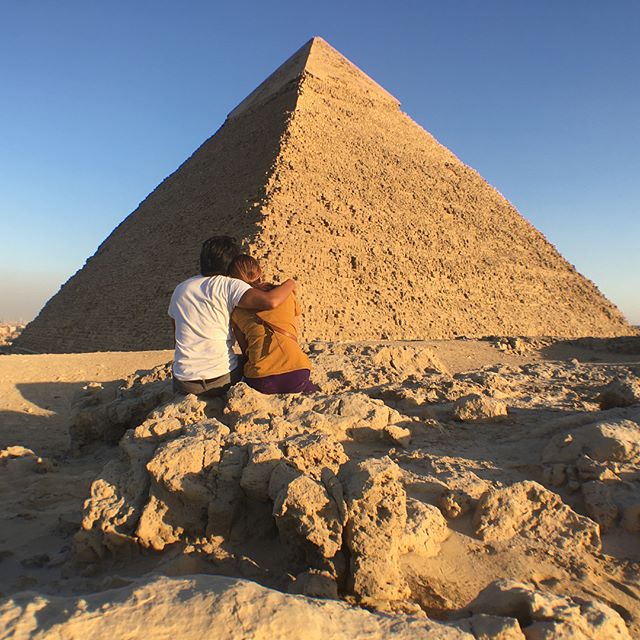Why Egypt Vacation Packages can be the best holiday option
09/11/2017
Sharm El Luli Marsa Alam:-
In you Egypt Vacation Packages you must visit Marsa Alam's attractions rated on Trip Advisor, Sharm El Luli was (as of 5 April 2013) rated first with a very high average rating of four and a half out of a maximum five stars.
Out of 232 reviewers, 208 or 90 percent endorsed it is either "good" or "excellent", only five reviewers (2 percent) thought it poor and no one (zero percent) gave it complete thumbs down - "terrible."
This is a highly impressive result - especially when compared with another Marsa Alam excursion - Port Ghalib. Here only 49 percent of 446 reporting visitors (as of 5 April 2013) rated their visit "good" or "excellent" and 22 percent rubbished it as "poor" or "terrible."
So what's the difference? Port Ghalib had about half a million dollars a day over the last decade spent on bulldozing and constructing a massive marina complex and hotels. And Sharm El Luli? Well, er, no one has spent or done anything!
There's a lesson there somewhere!
Valley of the Kings:-
This is a valley in Egypt where, for a period of nearly 500 years from the 16th to 11th century BC, rock-cut tombs were excavated for the Pharaohs and powerful nobles of the New Kingdom (the Eighteenth to the Twentieth Dynasties of Ancient Egypt).
The types of soil where the Valley of the Kings is located are an alternating sandwich of dense limestone and other sedimentary rock (which form the cliffs in the valley and the nearby Deir el-Bahri) and soft layers of marl. The sedimentary rock was originally deposited between 35–56 million years ago during a time when the precursor to the Mediterranean Sea covered an area that extended much further inland than it does today. During the Pleistocene, the valley was carved out of the plateau by steady rains. There is currently little year-round rain in this part of Egypt, but there are occasional flash floods that hit the valley, dumping tons of debris into the open tombs. Egypt Vacation packages bring this fun to you.
The quality of the rock in the Valley is inconsistent, ranging from finely-grained to coarse stone, the latter with the potential to be structurally unsound. The occasional layer of shale also caused construction and conservation difficulties, as this rock expands in the presence of water, forcing apart the stone surrounding it. It is thought that some tombs were altered in shape and size depending on the types of rock the builders encountered.
Ras Mohamed National Park: -
The park is situated in the tourist region of the Red Sea Riviera, located 12 km from the city of Sharm El Sheikh. The park spans an area of 480 km², including 135 km² of surface land area and 345 km² area over water. MarsaBareika is a small bay inlet in Ras Mohammed, and MarsaGhozlani is a very small inlet located across from the park visitors center. This place will fill up your Egypt Vacation Packages with Joy.
Winch parts visible on the wreck of the SS Thistlegorm, which sunk off the coast of Ras Muhammad.
Cleopatra spring: -
Variously known as “Cleopatra Spring,” “Ain Juba” or “Ain al-Hammam,” in ancient times it was known as “The Spring of the Sun.” Herodotus described its bubbling waters in his Histories as boiling hot in the chilly evenings and cool during the heat of the day, and it was considered a wonder by ancients visiting Ammon. In reality, the spring’s waters are a constant 29 C; it’s the changing air temperature and bubbling water that give the impression of boiling water.
The Hanging church: -
The Hanging Church has 110 icons, the oldest of which dates back to the 8th century, but most of them date to the 18th century. Nakhla Al-Baraty Bey gave some of them as gifts, in 1898, when he was the overseer of the church. The iconostasis of the central sanctuary is made of ebony inlaid with ivory and is surmounted by icons of the Virgin Mary and the Twelve Apostles. The main altar (Egyptian Arabic: haikal) screen is made of ebony inlaid with ivory that is carved into segments showing several Coptic Cross designs that date back to around the 12th or 13th century. Over the altar screen lies a long row of seven large icons, the central one of which is Christ seated on the Throne. On one side, the icons of the Virgin Mary, Archangel Gabriel, and St Peter are lined up. On the other, icons of St. John the Baptist, Archangel Michael, and St. Pau.



.jpg)







